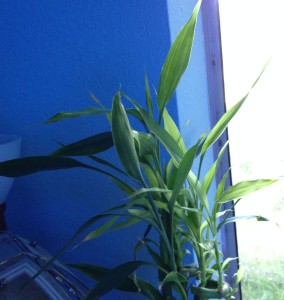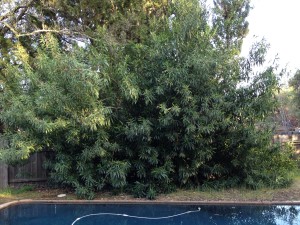Unexpected Household Toxins: Poisonous Plants
Most homeowners understand the hazards posed by cleaning products and other poisonous substances. As a rule, homeowners know to keep toxic chemicals in locked and elevated cabinets, away from children and pets.
Unfortunately, many people don’t consider the dangers posed by household and garden plants, many of which prove fatal when ingested.
BEWARE OF TOXIC HOUSEHOLD PLANTS
Many species of household plant are dangerously toxic. Homeowners often purchase plants by appearance, without investigating the species or its safety for children and pets. As a result, many people share their homes with poisonous specimens that may cause harm if eaten, or which produce poisonous oils that may cause illness (or even death) if accidentally ingested.
According to a report by the New York Botanical Garden, “Ingestion of household plants by children under age five is the leading cause of inquiries to poison control centers nationwide.” Teaching children not to taste or play with plants is a good start to avoiding accidental poisonings, but homeowners should investigate species carefully before bringing plants into the home.
Plants store toxins in different places. Poison can lurk in roots, stems, flowers, fruits and leaves — any of which may present a temptation to children and pets.
Among the more common toxic species:
Poinsettias, Philodendrons, and Schefflera are all toxic if ingested.
Some cactus species are poisonous, and many grow dangerous piercing thorns.
Tomato plants and potato plants produce harmful toxins in leaves and flowers.
Finally, Oleander presents a danger both inside and out, since compounds found in the popular flowering oleander are deadly if ingested by humans or animals.
Never bring a plant into your home without investigating the species thoroughly. A beautiful flower isn’t worth a trip to the emergency room … or the death of a visiting child or beloved pet.
INVESTIGATE AND AVOID POISONOUS YARD PLANTS.
Outdoor plants are often poisonous if ingested, too, and children left to play unattended may sample leaves, berries and flowers. Young children (and pets) see colorful berries and fruits, and sometimes even flowers, as irresistibly inviting. Even when warned of the dangers, children may try to eat poisonous plants.
Never plant poisonous species in places where children or pets may be tempted to eat them. Fence dangerous species, or plant them (if at all) in locations children and neighborhood pets cannot reach. Post signs warning of dangers, but don’t rely on signage to prevent accidental poisonings: the people who find these plants most tempting are usually those who cannot yet read.
Wherever possible, plant non-toxic species, especially in front yards and areas frequented by children and pets. Use fences (and adult supervision) to prevent accidental poisonings. When buying a home, investigate the existing species thoroughly to ensure that the yard is free of unknown dangers.
Homeowners may be held liable for accidental poisonings due to ingestion of plants on their property, even if the homeowner didn’t know the species was poisonous. Don’t be caught unaware.
A little botanical knowledge, and investigation, can prevent a tragedy and protect you, your family, and your guests from harm.
















